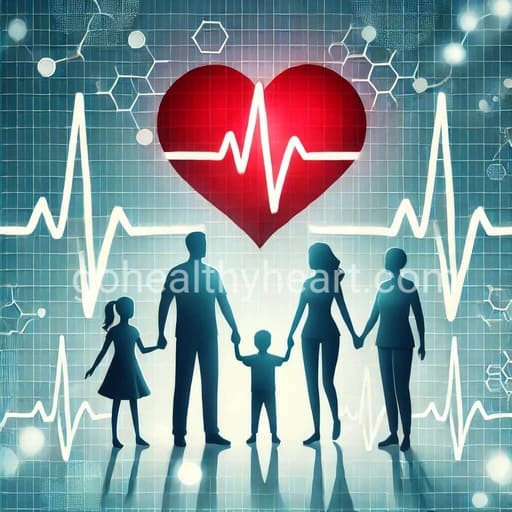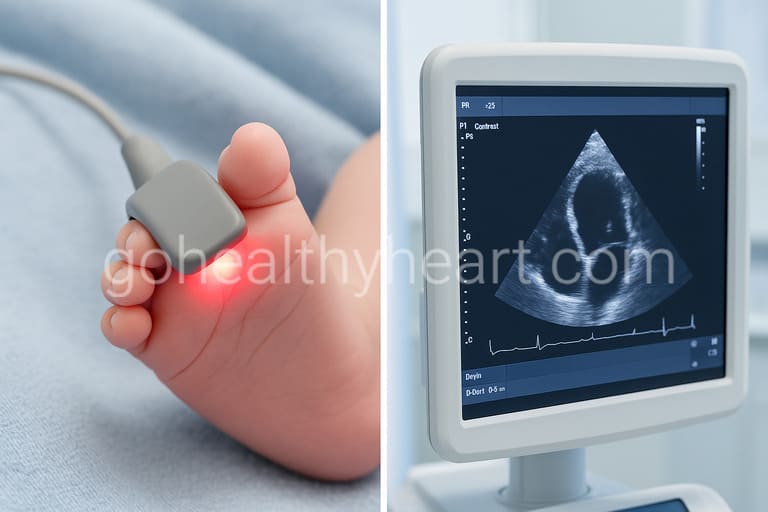Atrial Septal Defects in Children: Must-Know Facts!

By Dr. Anusha Kattula,
Pediatric Cardiologist
Learning that your child has an Atrial Septal Defect (ASD) can feel overwhelming. As a pediatric cardiologist who has guided numerous families through this journey, I want to help you understand your child’s condition and the positive path forward. This comprehensive guide will walk you through everything you need to know about congenital heart defects, specifically focusing on atrial septal defects in children.
Understanding the Heart’s Architecture
Atrial septal defects in children are among the most common types of congenital heart defects found in children. To understand ASD, imagine the heart as a house with four rooms (chambers). The defect is essentially an opening in the wall (septum) that separates the two upper rooms (atria). Through this opening, oxygen-rich blood from the left atrium mixes with oxygen-poor blood in the right atrium, affecting the heart’s normal functioning.
Types and Their Characteristics
Medical research has identified several distinct types of ASDs that can affect children. The most prevalent is the Secundum ASD, accounting for approximately 70% of all cases. This type occurs in the central part of the atrial septum and often carries the best prognosis for natural closure or successful intervention.
Primum ASDs, found in the lower portion of the atrial septum, frequently appear alongside other heart valve abnormalities. These cases typically require more careful monitoring and may need early surgical intervention to prevent complications.
The Sinus Venosus ASD, located near the superior vena cava’s entry point to the heart, can affect pulmonary vein drainage and requires specialized surgical techniques. Meanwhile, the rare Coronary Sinus ASD presents unique challenges due to its complex anatomy and potential involvement with abnormal venous connections.
Recognizing the Signs
The manifestation of ASD symptoms in children often develops gradually, making early recognition crucial. Parents should watch for several key indicators:
Your child might experience frequent respiratory infections or show signs of breathlessness during physical activity. You may notice they tire more quickly than their peers during playtime or struggle to gain weight appropriately. Some children might develop a heart murmur – a whooshing sound detected during medical check-ups.
In infants, particular attention should be paid to:
- Difficulty feeding or excessive sweating during feeds
- Poor weight gain despite adequate nutrition
- Rapid breathing or respiratory distress
- Recurring chest infections
The Diagnostic Journey
Early diagnosis of atrial septal defects in children significantly improves treatment outcomes. The diagnostic process combines thorough physical examination with advanced imaging techniques. During the initial evaluation, we review your child’s medical history, conduct a comprehensive physical examination, and assess their growth and development patterns.
The cornerstone of ASD diagnosis is the echocardiogram – a painless ultrasound examination of the heart. This crucial test provides real-time images of your child’s heart, allowing us to evaluate the size and location of the defect, as well as its impact on blood flow patterns.
Additional diagnostic tools may include electrocardiograms to assess the heart’s electrical activity and chest X-rays to evaluate heart size and pulmonary blood flow. In complex cases, we might recommend advanced imaging techniques such as cardiac MRI or CT scans for more detailed assessment.
Treatment Approaches
The treatment strategy for atrial septal defects in children varies based on several factors, including the defect’s size, location, and the child’s overall health. Small ASDs often close naturally during early childhood, requiring only regular monitoring through scheduled check-ups and periodic echocardiograms.
For moderate-sized defects, catheter-based closure has emerged as a preferred treatment option. This minimally invasive procedure typically requires only a short hospital stay and offers a quick recovery period. The success rates are remarkably high, with most children returning to their normal activities within days.
Larger or more complex defects might require surgical repair through open-heart surgery. While this approach necessitates a longer recovery period, it provides excellent long-term results with success rates exceeding 95%. The surgical team creates a carefully structured rehabilitation program to ensure optimal recovery.
Living with ASD: A Parent’s Guide
Managing daily life with a child diagnosed with ASD requires attention to several key aspects. Proper nutrition plays a vital role in supporting growth and healing. Most children can participate in normal activities, though individual recommendations may vary based on the defect’s size and treatment status.
Regular monitoring of your child’s growth, development, and activity tolerance helps ensure their continued well-being. Maintaining scheduled vaccinations and following any prescribed medication regimens are equally important components of care.
The Road Ahead
The long-term outlook for children with treated atrial septal defects is overwhelmingly positive. Most children go on to lead normal, active lives without significant restrictions. Regular follow-up care ensures continued health and allows for prompt addressing of any concerns that might arise.
As your child grows, we’ll adjust care plans to accommodate their changing needs. This includes providing guidance on physical activities, sports participation, and eventually, career choices and family planning for adolescents.
Next Steps
If you’ve noticed any of the symptoms mentioned or have concerns about your child’s heart health, early evaluation is crucial. As a pediatric cardiologist specializing in congenital heart defects, I’m here to provide comprehensive care and support for your child’s specific needs.
Schedule a consultation to discuss your child’s heart health and create a personalized care plan. Together, we’ll ensure your child receives the attention and treatment they need for a healthy, active future.
Note: This article provides general information about atrial septal defects in children. Each child’s condition is unique, and specific medical advice should be obtained through personal consultation.




One thought on “Atrial Septal Defects in Children: Must-Know Facts!”
Comments are closed.